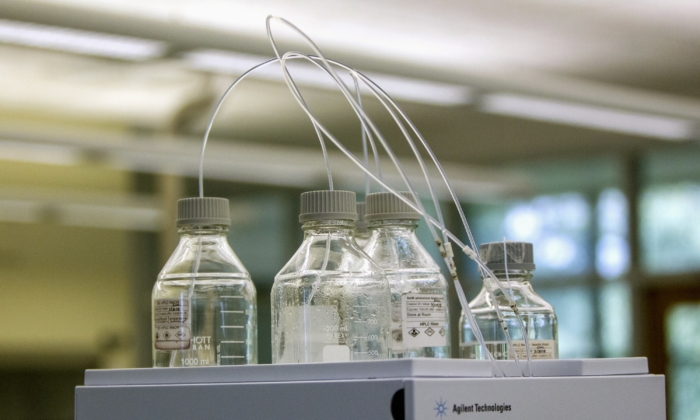Industry advocacy groups have come together to challenge the Environmental Protection Agency’s (EPA) new regulations on “forever chemicals,” set to go into effect on June 25. The National Association of Manufacturers (NAM) and American Chemistry Council (ACC) have filed a petition for review of the EPA’s final rule, which establishes the National Primary Drinking Water Regulation under the Safe Drinking Water Act (SDWA) to reduce per- and polyfluoroalkyl (PFAS) levels in water.
The EPA’s final rule targets six PFAS compounds in drinking water and is funded by a $2 billion grant from the Bipartisan Infrastructure Law. Public water systems are given a three-year period to monitor PFAS levels and must inform the public by 2027. They have until 2029 to develop plans to reduce PFAS levels, with potential fines for non-compliance.
PFAS are persistent compounds used in various consumer products, known for their resistance to breaking down in the environment. Scientific research has shown that PFAS can accumulate in the body and lead to health issues, including cancer. Despite these findings, industry groups argue that the EPA’s rule exceeds its authority under the SDWA and was enacted without proper scientific research and congressional oversight.
The American Water Works Association (AWWA) and Association of Metropolitan Water Agencies (AMWA) have also challenged the EPA’s rule, citing concerns about the financial burden it would place on local governments and water users. A report from the AWWA estimates that compliance with the new PFAS standards could cost over $50 billion and lead to a significant increase in water bills.
In response to these challenges, EPA press secretary Remmington Belford declined to comment on pending litigation. A recent U.S. Geological Survey study found that 45% of tap water in the country is contaminated with PFAS, highlighting the growing concern over these “forever chemicals” and their potential health impacts.
Overall, the dispute over the EPA’s new regulations reflects the complex challenges of regulating PFAS in drinking water and balancing public health concerns with economic considerations.
Source link





